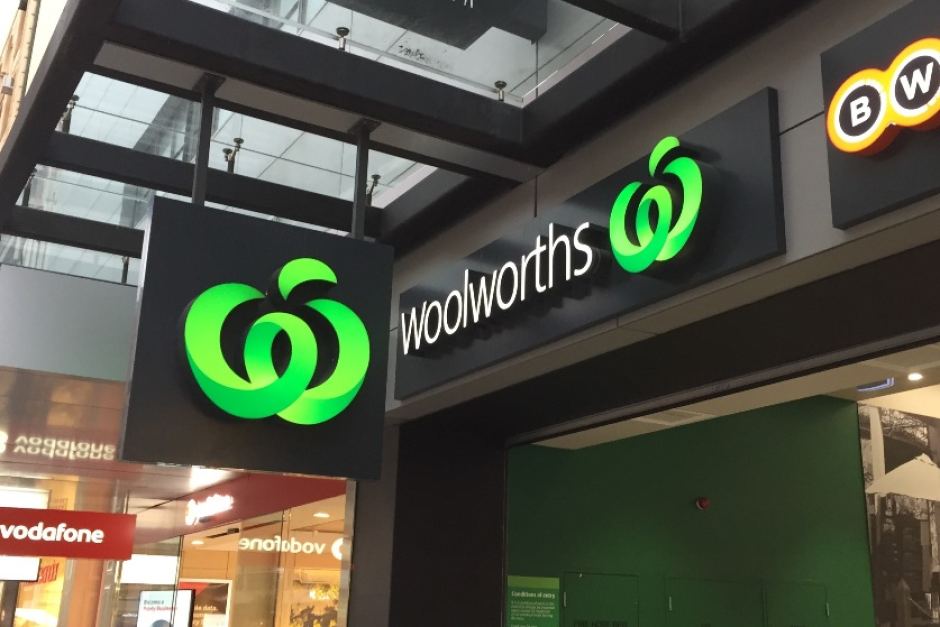Category: Retail
Loyalty programs not so rewarding for retailers
Friday, 29 Apr 2016 11:27:03 | Emily Stewart

Woolworths last year made very unpopular changes to its rewards program. (Clint Jasper)
Supermarket giant Woolworths is gearing up to relaunch its reward partnership with Qantas Frequent Flyer after shelving the deal and overhauling its customer rewards program six months ago.
The changes, which included earning rewards points only on selected items instead of all shopping over $30, was met with a consumer backlash.
Customer Scott Mate was so incensed with the new program he took to social media to complain and his rant on Facebook went viral with almost 60,000 likes and more than 8,000 comments.
Mr Mate claimed he only earned $4.80 in rewards after spending at least $1,000.
That is less than a 0.5 per cent return – well below the average earn rate of 1.25 per cent publicised by Woolworths.
Six months on, Scott Mate said he is no longer a member of the program.
Dr Rohan Miller, a senior marketing lecturer at the University of Sydney Business School, said he does not see any value in his Woolworths reward card either.
"Consumers don't like things being taken away from them, it makes them think about what they're purchasing," he said.
"They're shopping around more, going to Coles, going to Costco, going to ALDI or their local grocer."
Current data uses not justifying loyalty program costs
Deutsche Bank has estimated the cost of the program to be $500 million annually and the Qantas tie-up to be worth up to $80 million per year.
"You are seeing a lot of companies trying to make changes to their loyalty programs, partly to reduce the costs of them and perhaps in some way slightly wind them down," said Professor Byron Sharp from marketing institute Ehrenberg-Bass.
"The discounts could be worth 1 per cent and supermarkets operate on very low margins so that's a big chunk of their profitability."
However, in a statement, Woolworths rejected the bank's claims and said the new program was not about cost cutting.
Woolworths said it has over nine million reward program members and that number has increased since the changes.
One obvious benefit with loyalty programs is the information companies can glean from their customers.
"Loyalty cards can be used to obtain data on customer behaviour preferences and so on, and then used to tailor the offering," said Moody's analyst Ian Chitterer.
Dr Rohan Miller said supermarkets are not utilising their data mining well.
"There is a big gap with what marketing scientists can produce and what the management team can interpret," said Dr Miller.
"We're seeing that with the shift away from the traditional Woolworths program to the new model.
"They simply didn't do their research to understand the implications of that action. It's a bad reflection on Woolworth's management."
'Loyalty cards only grow marketing department'
Woolworths' main rival Coles also uses data from its 5.5 million members, but offers points on all shopping items.
Analysts suggest the changes to Woolies rewards may be contributing to weak same-store growth and market-share losses.
Woolworths has faced 27 consecutive quarterly comparable store sale losses to Coles and will report its third quarter sales result on Tuesday.
The duo dominate the industry with up to 80 per cent of market share, but German discount format store ALDI is muscling in, growing its share to 12 per cent.
ALDI does not have a loyalty program and has no plans to introduce one.
Professor Byron Sharp said that is a wise move.
"The only growth loyalty cards have created is increasing the size of the marketing department," he concluded.
- About Us
- |
- Terms of Use
- |
-
 RSS
RSS - |
- Privacy Policy
- |
- Contact Us
- |
- Shanghai Call Center: 962288
- |
- Tip-off hotline: 52920043
- 沪ICP证:沪ICP备05050403号-1
- |
- 互联网新闻信息服务许可证:31120180004
- |
- 网络视听许可证:0909346
- |
- 广播电视节目制作许可证:沪字第354号
- |
- 增值电信业务经营许可证:沪B2-20120012
Copyright © 1999- Shanghai Daily. All rights reserved.Preferably viewed with Internet Explorer 8 or newer browsers.




 Send to Kindle
Send to Kindle